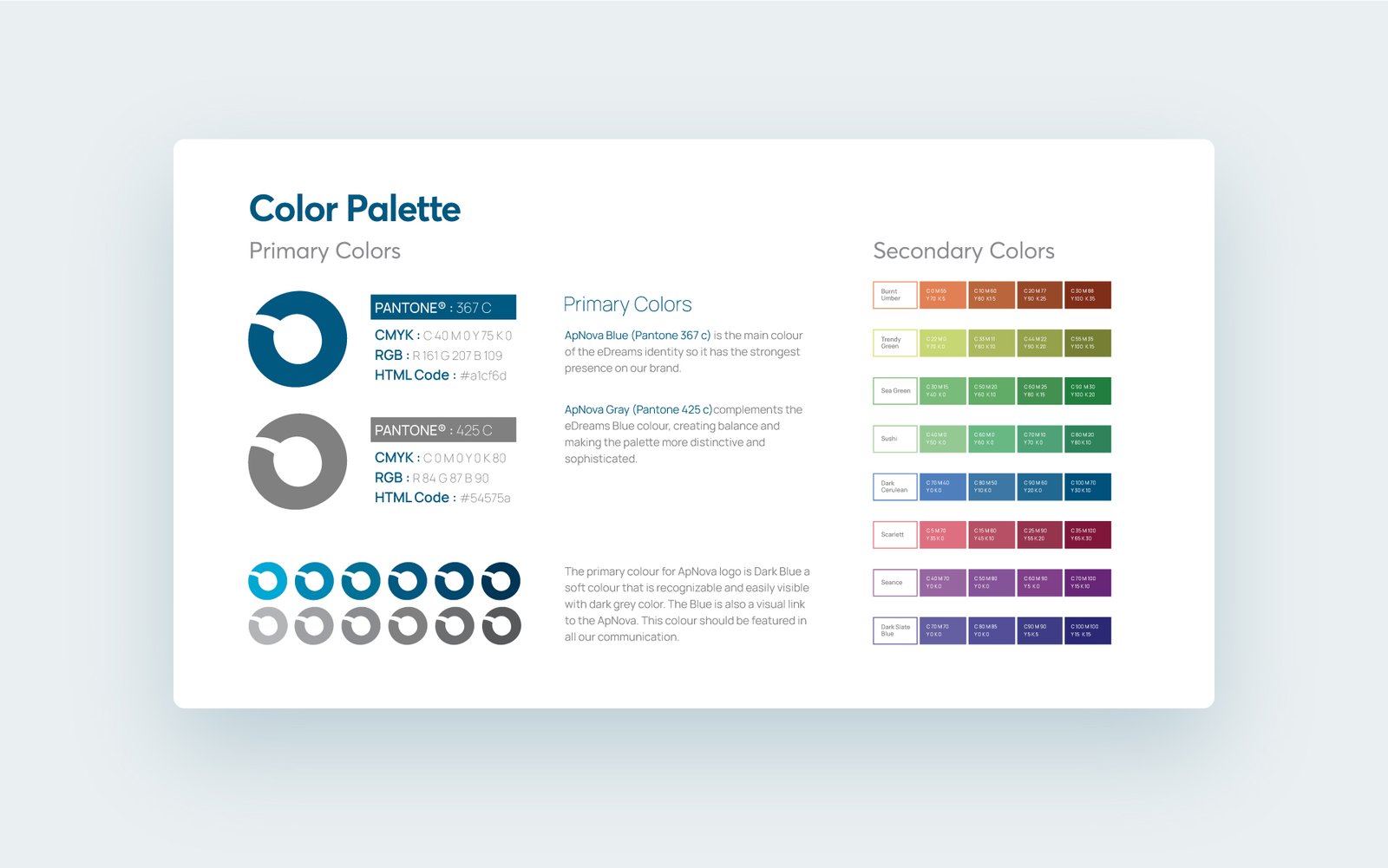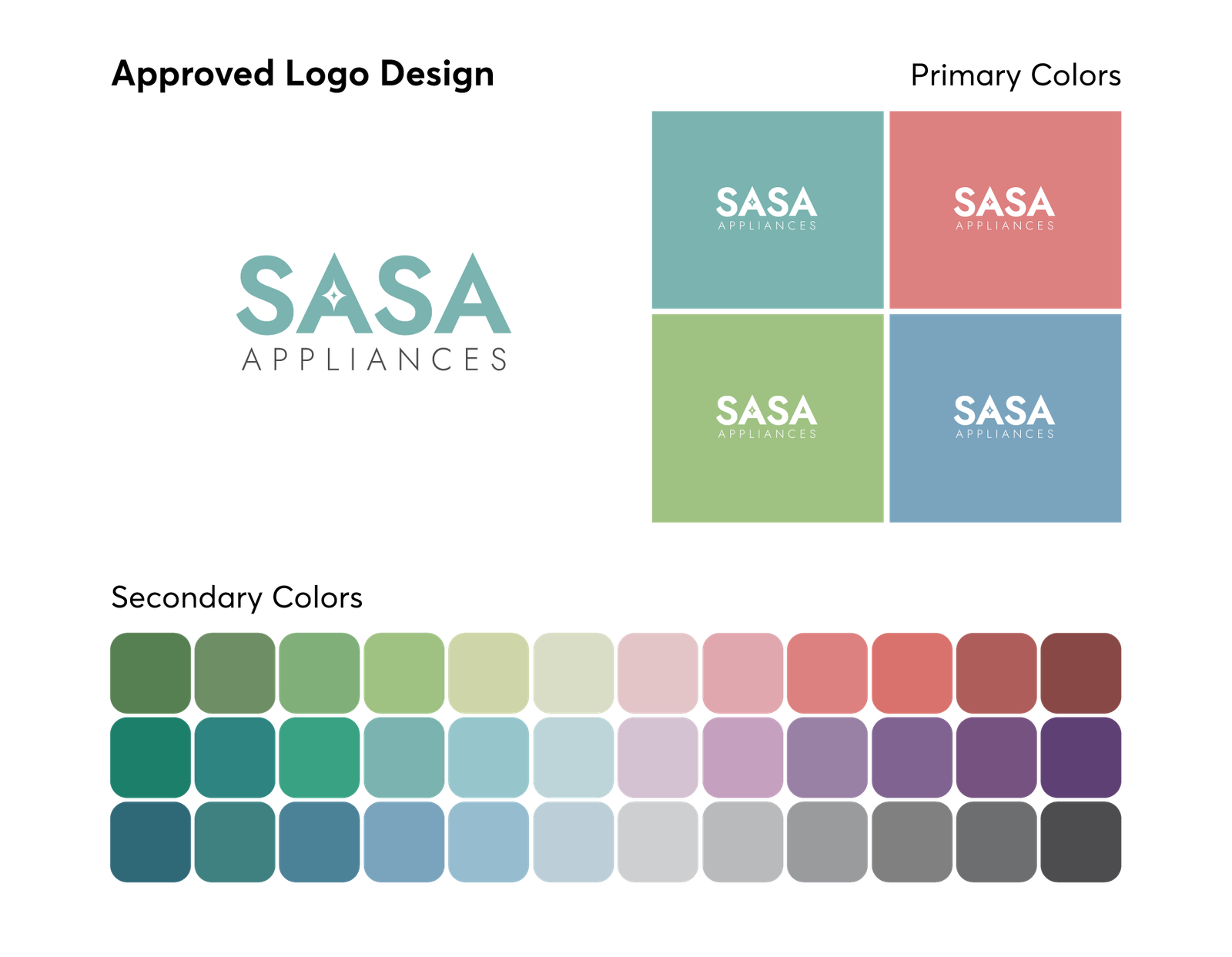WRITTEN BY

Rakesh Raval
Creative Director

Definition:
Brand guidelines are a set of rules and guidelines that outline how a brand’s visual elements, such as its logo, colors, fonts, and imagery, should be used in different contexts. These guidelines help to ensure that all brand materials, such as marketing materials, websites, social media, and product packaging, are presented consistently and cohesively.
Why are Brand guidelines important ?
Brand guidelines are important because they help to establish and maintain the consistency and cohesiveness of a brand’s visual identity. A strong and consistent brand identity is essential for building customer recognition and trust.
- Consistency: Brand guidelines help to establish and maintain the consistency of a brand’s visual identity. By outlining clear rules and guidelines for using a brand’s visual elements, such as its logo, colors, fonts, and imagery, brand guidelines help ensure that all brand materials are presented consistently and cohesively. This can help create a professional and cohesive look and feel for the brand, which is essential for building recognition and trust with customers.
- Recognition: Brand guidelines help to build recognition and familiarity with customers. By consistently presenting the brand’s visual elements cohesively and professionally, customers are more likely to recognize and remember the brand. This is especially important for building long-term relationships with customers.
- Trust: Trust is an important factor in building successful relationships with customers. By consistently presenting a professional and cohesive brand identity, brands can build customer trust and establish themselves as reliable and trustworthy partners.
Brand guidelines help ensure that all brand materials are presented cohesively and professionally, which can help build customer recognition and trust.
Components of Brand Design / Brand Guidelines
Brand design components are the visual elements that make up a brand’s visual identity. These elements, such as the logo, colors, typography, and imagery, help to create a distinct and memorable look and feel for a brand. Here is a more detailed look at some of the components of brand design:
- Logo: The logo is a key element of a brand’s visual identity and is often the first thing customers see when encountering a brand. A logo should be simple, memorable, and relevant to the brand. It should also be scalable so that it looks good in different sizes and on different materials.
- Colors: The colors used in a brand’s visual identity can help to create a distinct and memorable look. Brands should choose a limited color palette and use those colors consistently across all materials. It’s important to consider the psychological associations of different colors and how the target audience may perceive them.
- Typography: The fonts used in a brand’s materials can help to create a cohesive look and feel. Brands should choose a limited number of fonts and use them consistently across all materials. It’s important to consider the readability and legibility of different fonts and how the target audience may perceive them.
- Imagery: The imagery used in a brand’s materials, such as photographs, graphics, and illustrations, can help to convey the brand’s personality and message. Brands should choose imagery consistent with their overall visual identity and appropriate for their target audience.
- Brand voice: The brand voice refers to the tone and style of language a brand uses in its communication materials. The brand voice should be consistent across all materials and should be appropriate for the brand’s target audience.
Overall, brand design components are the visual elements that make up a brand’s visual identity. These elements, such as the logo, colors, typography, and imagery, help to create a distinct and memorable look and feel for a brand. It’s important to consider how these elements work together to create a cohesive and effective brand identity.
Digital Guidelines:
Brand digital guidelines outline how a brand’s visual elements, such as its logo, colors, fonts, and imagery, should be used in digital contexts, such as on the brand’s website, social media platforms, and digital marketing materials. These guidelines help to ensure that all digital brand materials are presented consistently and cohesively, which can help to build recognition and trust with customers.
Print Guidelines:
Brand print guidelines may include information on the proper use of the brand’s logo in print materials, including its size, position, and color scheme. They may also include guidelines for using colors, fonts, imagery, and other visual elements in different print materials, such as brochures, flyers, and business cards. In addition to visual guidelines, brand print guidelines may also include guidelines for the brand’s tone and voice and guidelines for using the brand’s name and other elements of its identity in print materials.
Brand guideline example:


In conclusion, brand guidelines are crucial for establishing and maintaining the consistency and cohesiveness of a brand’s visual identity. By outlining clear rules and guidelines for using a brand’s visual elements, brand guidelines will help ensure that all brand materials are presented in a cohesive and professional manner. This can help to build recognition and trust with customers, which is essential for the success of any brand. By following brand guidelines consistently, brands can create a strong and cohesive identity that sets them apart from their competitors and helps to build long-term relationships with customers.




![Headshot of the client associated with the [Lancer agrico] project by Zero Designs](https://www.zerodesigns.in/assets/uploads/2025/03/06-Swapnil-Patel.webp)





